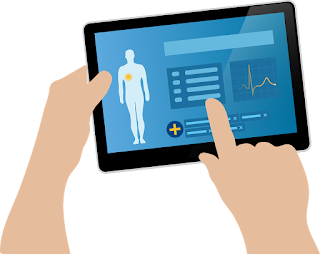Medical Wearables - A New Craze or a Haze
High-tech mobility is on the rise. The healthcare industry is soaking up new innovations such as electronic health records, tele-health apps, and wearable technologies to improve efficiency and health care quality. They estimate wearable technologies to reach $100 billion by 2023.
The list of Medical wearables is non-exhaustive, at the time
I am typing this article one medical wearables might be being launched
This Oreo-sized device attaches to a person’s body and collects a wealth of biometric health data. Squeezed into a package the size of a fingertip, the sensors built into the
ARIA Spectacles
Aria helps sight-impaired and blind people by outfitting a user with a smart glasses kit. The kit allows the wearer to establish audio contact with an Aria Explorer. Through a built-in camera and headphone, the Explorer can tell the user the cost of a bag of apples, the title of a book as he navigates through his daily routine.
AIRO, a startup based in Canada has developed a wrist sensor that can track nutrition, stress, sleep and exercise. Medgadget has recently covered several wrist sensors, but this is the first which claims that it can track nutrition by using optical spectroscopy. The wrist sensor projects light from an LED
Clearing the Haze … .
Battery life
Battery life is one of the most crucial challenges of wearables. Most devices only work in combination with a smartphone. This means that at least two devices need to
Is your wearable
‘doctor’ as astute as your GP??
data be better developed be properly positioned be better analyzed
Where is my
data?!
be developed in order in order private It can also sell this data
Patient
confidentiality…
Electronic health records raise potential privacy issues. While it is estimated private it is collected
https://www.byteflies.com/




Comments
Post a Comment